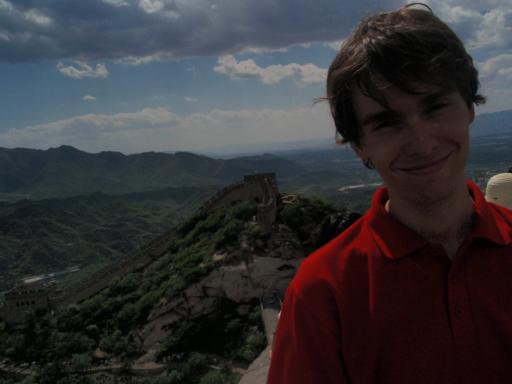
Louis-François Handfield
E-mail : LFHandfield@gmail.com
Phd. in Computer Science (University of Toronto)
M. sc. in Computer Science with Bioinformatic Option (McGill University)
B. sc. Join Honours in Computer Sciences and Mathematics (McGill University)